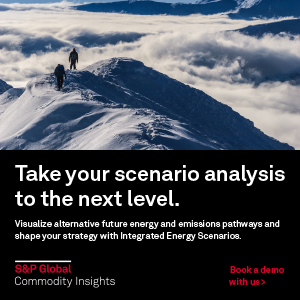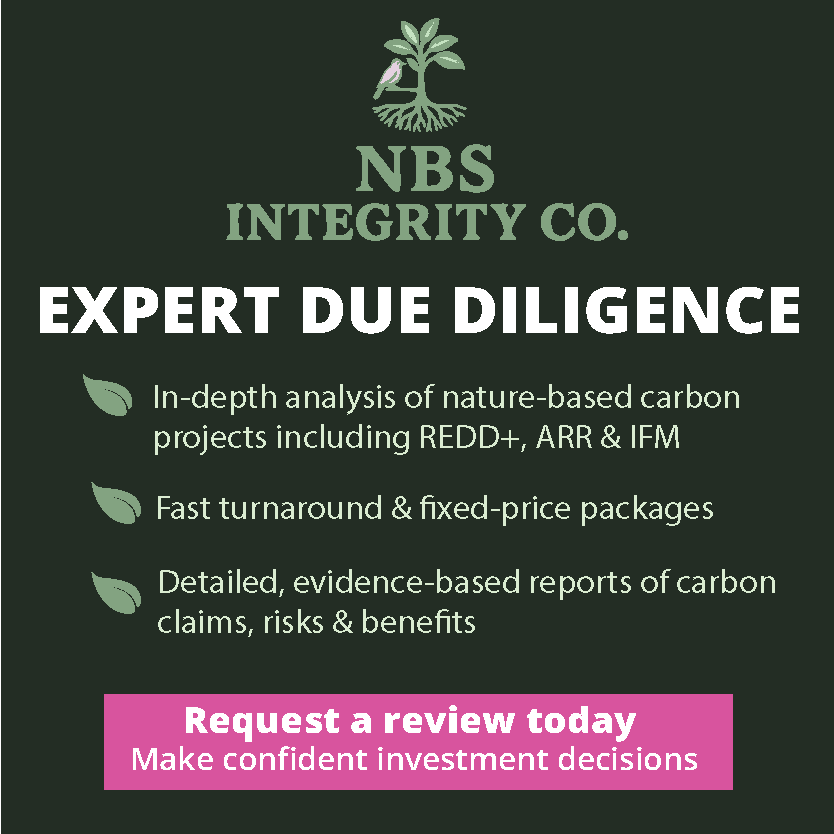By Hannah Lentschig and Louise van Schaik
Europe’s energy transition stands a critical juncture. Under mounting pressure to ramp up liquefied natural gas (LNG) imports from the United States (US) – enticed by the prospect of tariff relief – the European Union (EU) risks entrenching a new form of dependency. Yet the urgency of decarbonisation demands a different course, intensified by Brussels’ push to end all Russian gas imports by 2027. Rather than deepening its reliance on the volatile LNG imports from elsewhere, the EU can focus on structurally reducing its gas demand. This is not just a matter of climate protection; it is imperative for the EU’s energy resilience and economic competitiveness in the long run.
The EU’s Methane Regulation offers a strategic tool to support this. Instead of treating methane standards as a bureaucratic and diplomatic burden, Brussels could recognize them as a key lever of market-shaping power, one that can boost Europe’s security and global influence alike.
LNG: Plugging the gap, but at what cost?
Europe’s pivot to more LNG has been essential to weather the immediate energy shock following the exit from (direct) Russian pipeline gas. Today, the EU imports record volumes of LNG from the US, Norway, Algeria – and still Russia. In 2024, 45% of imports came from the US alone, making it the largest LNG supplier to the EU. New cost-intensive import terminals were built across the continent at record speed, often framed as “hydrogen-ready” assets despite serious doubts about their long-term viability.
In light of Washington’s recent buy-energy-for-tariff-relief proposal, Commissioner Dan Jørgensen reaffirmed the EU’s openness to import more US LNG, as long as the conditions align with Europe’s green transition. Yet amid this rush to strike a deal, a crucial reality risks being overlooked: energy contracts are ultimately anchored in demand, not diplomacy. Overall, LNG demand in key markets – namely Europe, Japan and South Korea – is falling, in line with countries’ climate objectives. In fact: if the EU stays the course on its emissions reduction targets, there is no need for new long-term gas contracts.
Locking itself into a soon-to-be-stranded fossil market would be a serious economic mistake. Dependency on LNG also poses geopolitical risks – even if it comes from the US and not Russia. Economic protectionism is surging in Washington and elsewhere, with politicized trade measures, broader geopolitical tensions and resulting investment uncertainties potentially heightening market volatility. In addition, increased natural gas production and falling domestic prices in the US could widen the energy price gap with the EU even more, further hampering its competitiveness.
The EU’s Methane Regulation is a key strategic lever, not a liability.
Reducing gas demand is thus imperative: it is the only sustainable way for Europe to structurally lower energy prices, boost its competitiveness, and enhance its resilience against supply shocks. Capacity growth in renewable electricity and energy efficiency is already cutting costs and improving price stability for industries, with solar and wind expansion in the EU avoiding billions of euros in fossil imports in the past five years. The untapped potential is far greater, even though industries voice valid concerns about high transition costs and current infrastructure challenges.
Already today, alternatives to gas are cheaper, cleaner and less volatile; pretending otherwise is just defending the past, not planning for the future. The Methane Regulation can help the EU shape this future further. Adopted in 2024, it is one of the first frameworks globally to impose mandatory methane monitoring, reporting, and reduction requirements on fossil fuel imports – including LNG. From 2027 onward, importers will be penalized for purchases under post-2024 contracts if their suppliers don’t monitor and report methane emissions.
Critics argue that these standards could hamper new LNG deals with the US. It is true that the methane rules could put American exporters at a disadvantage – but this is mainly due to the complicated nature of US gas supply chains which makes compliance with the EU’s new monitoring requirements difficult. Upstream methane emissions stem mainly from the practice of flaring, which contributes to a significant amount of gas being ‘wasted’ and makes most LNG way dirtier than pipeline gas. Tackling flaring by forcing producers to capture emissions reduces pollution and could also increase gas outputs. In an era of high energy prices, ending this wasteful practice is therefore both a climate and energy security imperative.
Several US producers have already committed to align production with EU requirements, even as federal emissions standards at home might be rolled back. The EU could also push for further international cooperation on methane with other major buyers like Japan and South Korea. Stronger demand-side alignment would not only increase transparency and facilitate sourcing decisions but also shrink the global market share of other high-emitting producers, especially Russia.
Europe, stay the course on methane rules, because your security depends on it.
Implementation challenges of the methane rules remain, including definitions of methane intensity and equivalence, measurement standards, and enforcement mechanisms. But diluting the rules would weaken Europe’s credibility – and deepen its vulnerability. The solution is to improve, not retreat. In the current trade and geopolitical climate, the EU will continue importing large volumes of LNG and likely increase non-Russian supplies through 2030. But it must do so without sacrificing its key strategic leverage or entrenching new dependencies. By staying the course on its methane rules, the EU can strategically shape the global LNG market in its favour while structurally lowering its gas demand in line with climate objectives. The EU’s Methane Regulation is not just a regulatory ‘climate stick’; it is a core pillar of Europe’s security and resilience.
Hannah Lentschig is a Research Fellow in EU & Global Affairs at the Netherlands Institute of International Relations, Clingendael. She specializes in EU policy in the context of energy security, energy transition geopolitics and industrial decarbonization.
Louise van Schaik is the Head of Unit for EU & Global Affairs at the Netherlands Institute of International Relations, Clingendael, where she also leads the Critical Resources programme.
Any opinions expressed in this commentary reflect the views of the authors and not of Carbon Pulse.




